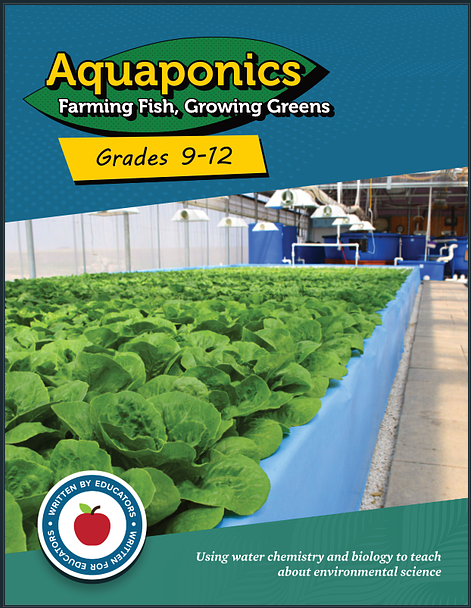Results
Year: 2025
The use of live crayfish in classrooms has been identified as a pathway for the introduction of invasive crayfish into our local waterways. To address this issue, the Investigating Crayfish and Freshwater Ecosystems curriculum was developed to teach students about Great Lakes ecosystems, the significance of native crayfish, and the ecological threats posed by invasive crayfish. It contains nine lesson plans aligned to Next Generation Science Standards, Common Core State Standards, and Center for Great Lakes Literacy Principles. The curriculum is best suited for students in grades 6-12 but offers numerous adaptations/extensions to meet the divergent needs of students in grades 2–5.
This document is available on the Invasive Crayfish Collaborative website: https://invasivecrayfish.org/crayfish-curriculum/
Year: 2025
Small- to medium-scale aquaculture businesses in the USDA North Central region face marketing challenges. In this publication, Purdue and Illinois researchers use a step-by-step approach to advise farmers how direct marketing can shorten the supply chain and help them find new customers willing to pay premium prices.
This publication is available for download from the Purdue University Extension Education Store at: https://edustore.purdue.edu/fnr-642-w.html
File Type: pdf
File Size: 19.45 MB
Year: 2025
Aquaponics: Farming Fish, Growing Greens teaches STEM through aquaponics, a water-based agricultural system that combines aquaculture and hydroponics. This 9-12 grade curriculum was designed to be used along with an onsite aquaponics system. Curriculum topics include an Introduction to aquaculture, fundamental parts of an aquaponics system, the nitrogen cycle, water quality, population dynamics, our modern food system and more. Lessons were developed to build on each other and be delivered in sequence but can also be used individually.
If you would like to access to all the Aquaponics: Farming Fish, Growing Greens curriculum resources such as slide decks, submit your requests to iisg@purdue.edu.
Download File
File Type: pdf
File Size: 1.59 MB
Year: 2024
Illinois-Indiana Sea Grant’s annual magazine.
This issue highlights:
Download File
File Type: pdf
File Size: 3.50 MB
Year: 2024
This quick reference guide is a supplement resource for the Know Your H2O water quality testing kit. The guide takes you step-by-step through basic procedures for measuring dissolved oxygen and temperature using the YSI Pro 20i dissolved oxygen meter and pH using an EcoSense pH pen. It also provides testing procedures for La Motte chemical tests to measure alkalinity, ammonia, nitrate, nitrite, iron, and phosphate levels in water.
Download File

File Type: pdf
File Size: 739.54 KB
Year: 2024
Invasive crayfish pose a significant and ongoing threat to aquatic ecosystems in the Laurentian Great Lakes (GL) region. Coordination and communication among crayfish stakeholders are crucial for effective management. The Invasive Crayfish Collaborative (ICC) brings industry, science, and land management stakeholders together to enhance the management of invasive crayfish in the GL. To systematically guide the direction of the ICC and help facilitate the coordination of research, collaboration, and outreach, a five-year strategic plan was developed. This plan, informed by data from ICC surveys, workshops, and external feedback, outlines priority projects designed to equip stakeholders and partners with the necessary resources to effectively tackle the challenges presented by invasive crayfish. This plan plays a key role in highlighting the collective vision for crayfish management and ultimately contributes to the protection of native species and preservation of our aquatic ecosystems.
Download File
Page 1 of 8
Note: Some older Illinois-Indiana Sea Grant publications have not yet been restructured into ADA compliant formats. We are actively working on this. If you are having difficulty accessing a particular item in one of our databases, please contact iisg@purdue.edu with the name of the item and its URL for further assistance.






